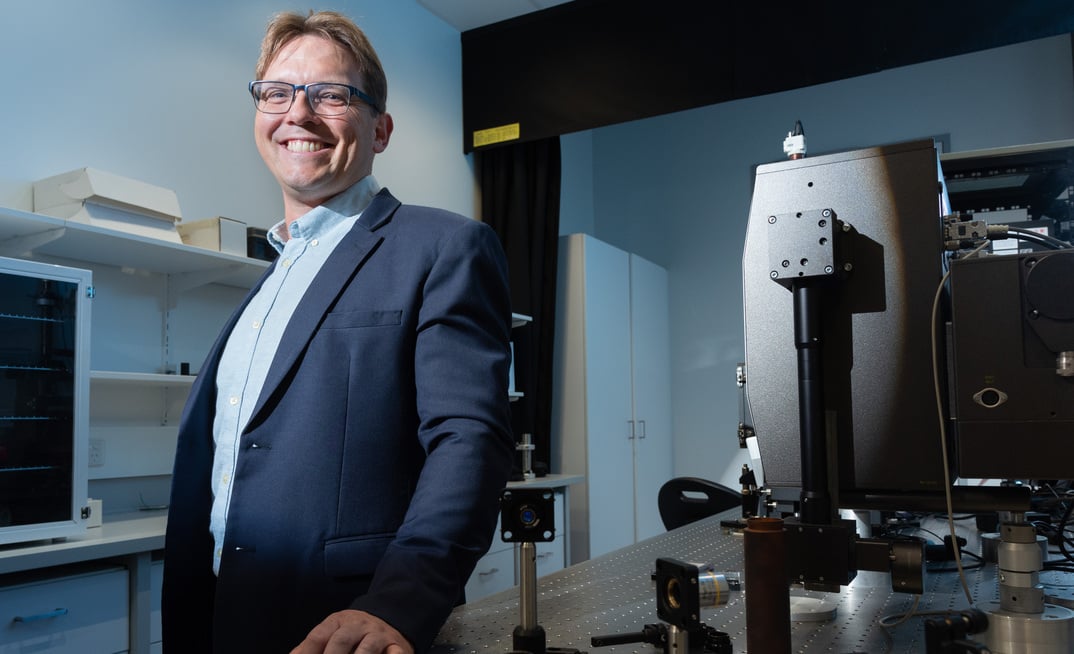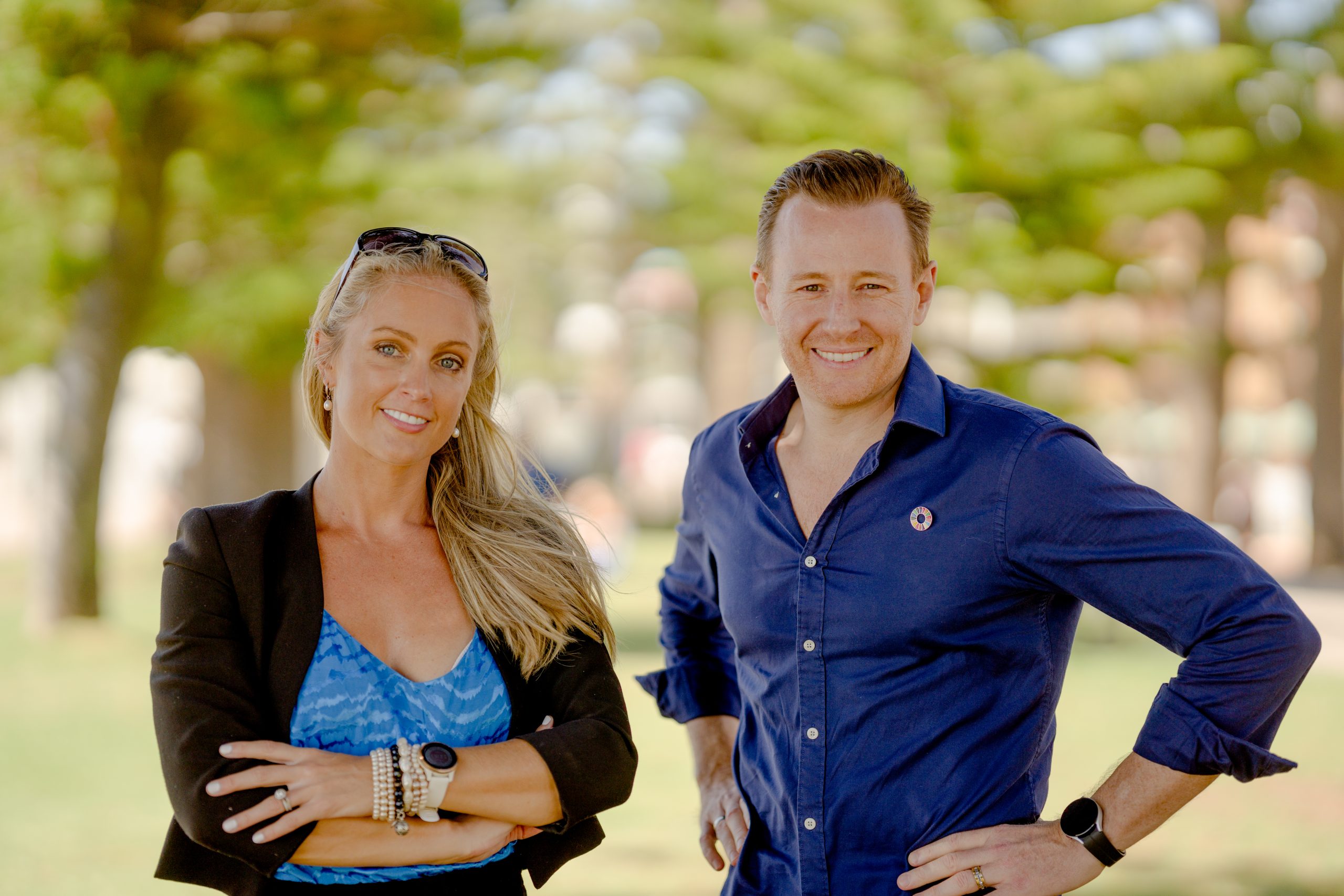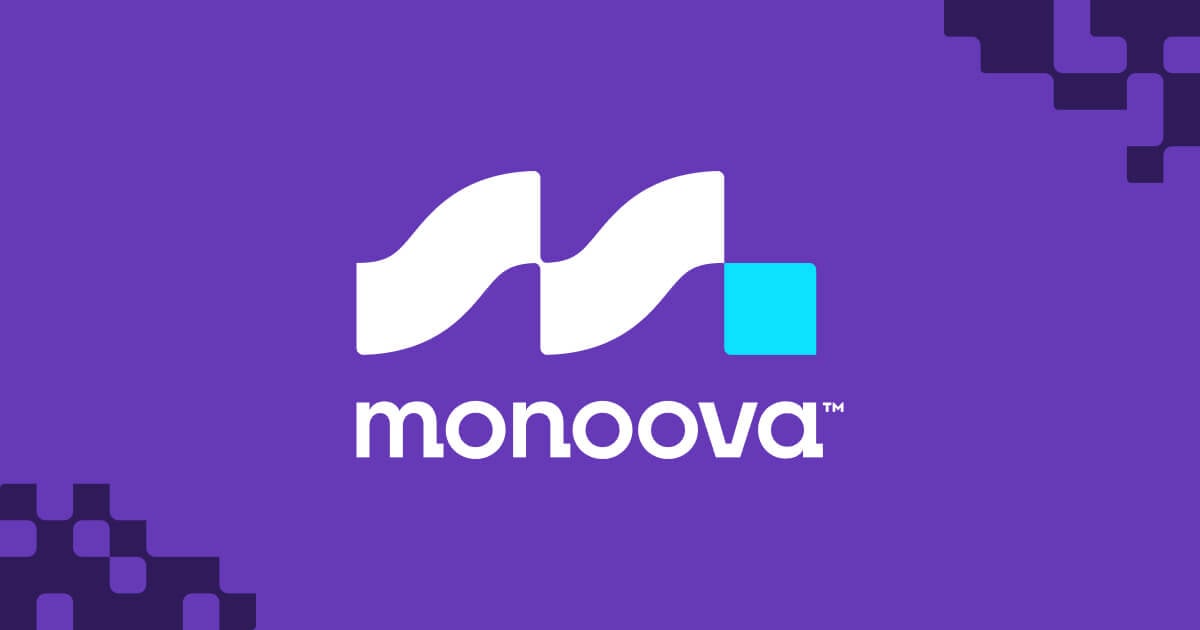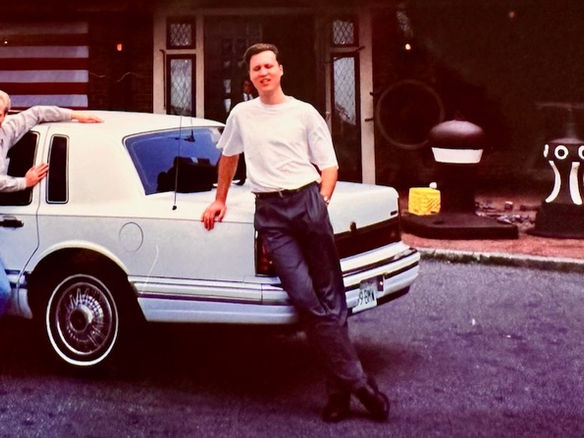The world-leading Peter MacCallum Cancer Centre has become the first hospital in Victoria to offer accessible digital wayfinding for patients, staff, and visitors, through its hospital-wide launch of Australian digital wayfinding solution, BindiMaps.
The newly-installed service functions like Google Maps, but has been specifically developed to work indoors with a 10 to 20 times higher accuracy than GPS can provide for indoor locations.
BindiMaps Revolutionizes Hospital Navigation
For instance, Google’s satellites can only pinpoint location to around 20 meters (and its GPS is often inaccurate indoors) compared to 1 to 2 metres indoors for BindiMaps.
The new service will allow all Peter Mac patients, staff, and visitors – including in particular those with vision impairment or a disability – to precisely navigate the hospital with significantly greater ease and accuracy via a simple mobile app.
The app uses sophisticated navigation algorithms and a network of Bluetooth beacons and smartphone sensors to offer users a choice of audio directions, text, or map view throughout the hospital, providing accurate, real-time, and step-by-step directions to any destination.
It was developed with the help of hundreds of blind and vision impaired users, to ensure the highest levels of accessibility and inclusivity in its design as possible.
Studies of digital wayfinding tools for people with visual impairments have found wayfinding support increases confidence and autonomy, which is crucial for quality of life.
Revolutionizing Hospital Wayfinding with BindiMaps
BindiMaps has already partnered with St. Vincent’s Hospital Sydney and the Sydney Eye Hospital in New South Wales to improve accessibility for patients and visitors.
According to data collated by BindiMaps in these two hospitals, most users searched for medical wards and departments, bathrooms, and entrances and exits.
Almost 20 percent of the entire Victorian population has a disability, according to the Families, Fairness, and Housing Department of the Victorian State Government.
Forty two percent of people with a disability also experience poor health in Australia compared to just 7 percent of adults without a disability, meaning those with a disability are more likely to need healthcare services throughout their lifetime.
Yet around 1 in 8 (or 12 percent) of Australians with a disability report difficulty in accessing medical facilities and buildings, whether at their GP, dentist, or in a hospital.
This could be because accessibility in hospitals is typically measured by factors unrelated to accessible wayfinding, such as waiting times for services, geographic location, socioeconomic or Indigenous status of hospital services users, and the number and location of services and hospitals.

BindiMaps founder & CEO Anna Wright
Enhanced Accessibility for Patients and Visitors
According to BindiMaps, there is a high need to improve accessible wayfinding in the Australia-wide hospital system, for the sake of patients and visitors, to improve staff satisfaction and retention and, critically, to reduce the burden on our healthcare system as a whole.
Anna Wright, founder & CEO of BindiMaps, said: “Upon arrival at a hospital, patients and visitors often face confusing corridors and unfamiliar medical lexicon that can bewilder and intimidate. Naming conventions, layouts, and definitions also vary from one hospital to another, while departments can move around with the expansion and addition of buildings, resulting in out-of-date signage.
“This is challenging enough for those who do not have a disability or vision impairment. But when you add a disability or vision impairment into the mix – which is the case for a high proportion of hospital users – it can lead to heightened frustration and significant difficulty in accessing essential services.
“The truth is, static signage cannot keep up with the evolving nature of hospitals, which is where BindiMaps’ proprietary accessible wayfinding technology could make all the difference in the world to patients and visitors, and the staff who care for them so well.”
Dr David Speakman, Senior Doctor and former Chief Medical Officer at Peter MacCallum Cancer Centre, said: “We know how challenging it can be to receive a cancer diagnosis or to visit someone in hospital with cancer, especially for people with vision impairment. The BindiMaps system provides an additional level of support to people coming to Peter Mac and makes life far simpler for patients and others with a disability.
“While it’s designed to assist those with vision impairment, the system is also available to help anybody who downloads the app to navigate a busy hospital and access some of the key areas at Peter Mac.”
# # #
Guidelines for Inclusive Language by BindiMaps
Appropriate terminology to guide any stories – thank you for considering your words carefully!
Do say:
✔️ People with vision impairment
✔️ Blind (but use sparingly)
✔️ A person who is blind
✔️ A person with low vision
✔️ People with a disability
✔️ People who are sighted
✔️ Able-bodied people
Please avoid:
❌ Visual impairment
❌ Disabled people
❌ Visually impaired
❌ A blind person
❌ A vision impaired person
❌ “Normal people” (when referring to people who are sighted)
“BindiMaps: Revolutionizing Indoor Navigation for Accessibility”
BindiMaps is Australia’s leading digital accessible wayfinding solution. Its app uses sophisticated navigation algorithms and a network of Bluetooth beacons and smartphone sensors to offer users a choice of audio directions, text, or map view throughout indoor spaces, providing accurate, real-time, and step-by-step directions to any destination. Its mission is to make every space 100 percent accessible, changing the lives of people with a disability and making unfamiliar spaces more efficient for everyone to navigate.










